’How could I forget you?’ Galerie Perrotin hosts a group love letter to Mexico
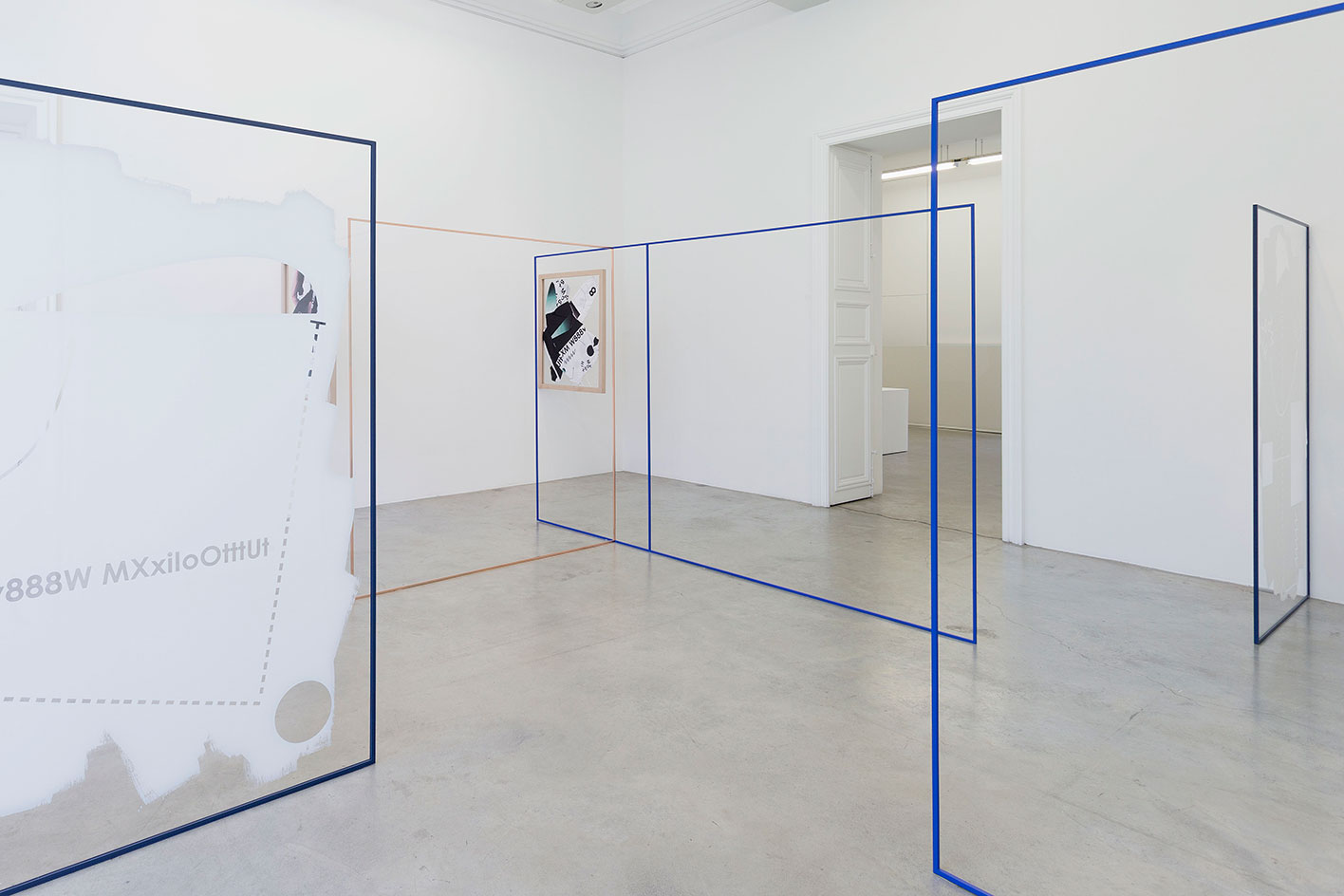
All three of Galerie Perrotin’s Parisian spaces are currently given over to the group exhibition ’¿Cómo te voy a Olvidar?’ – an ode to the variety and vitality of contemporary Mexican art.
Galerie Perrotin has made a bold declaration of love for Mexico with a new group show, spanning all three of its Paris gallery spaces.
Amorously titled '¿Cómo te voy a olvidar?' ('How could I forget you?'), the exhibition is the brainchild of gallery director Peggy Leboeuf. Gallery owner Emmanuel Perrotin invited Leboeuf to create a show of her choice to celebrate her 20th year at the gallery. Having been charmed by her experiences of Mexico City during a visit to the Museo Tamayo in October 2014, Leboeuf decided on an homage to Mexico.
Leboeuf and co-curator Anissa Touati spent two years travelling through the country to learn about its contemporary art scene, meeting with curators, critics, museum and art school directors and the like. They also visited each of the 16 artists whose works now appear in the exhibition. They are a mix of emerging talents and established names, and represent a broad range of styles.
Bursting with colour, Yann Gerstberger's tapestries are made from both cotton yarn and reclaimed vinyl banner; a perfect metaphor for a country that is simultaneously contemporary and imbued in history.
The more subdued works of Ana Bidart, on the other hand, discover beauty in found objects that usually escape our attention – among them the inkwell and the passport.
Curvaceous and seductive, the stretched tights of Martin Soto Climent stand in marked contrast with the rugged, architectural assemblages of Gwladys Alonzo.
Méndez Blake extols the inspirational force of literature with sculptures that nod to French novelist Georges Perec, whereas José Davila awes with gravity-defying assemblages that suggest a deep appreciation of physics.
A few pieces tend toward pessimism. The viewer's eye is inevitably caught by Fritzia Irìzar's Phrygian cap – a symbol of the anti-colonialist movement in Latin America – rendered in chain mail as a commentary on the transience of freedom in a forgetful society. Likewise, in documentary-style videos showing serene, yet sinister landscapes, Edgardo Aragón laments the fate of indigenous peoples, ponders on ideological conflicts and mourns political dissenters who had been disappeared by the Mexican government in the 1970s.
The show nonetheless ends on a joyful note, with a pair of paintings called Yo te amp más ('I love you more'). Ariel Orozco took painted two canvases, one in gold and one in silver, stuck them together face-to-face and tore them apart after two weeks. Flecks of gold are layered on the silver canvas, and vice versa – just as the art worlds in and outside of Mexico have discovered each other, and both come out more vibrant and fascinating.
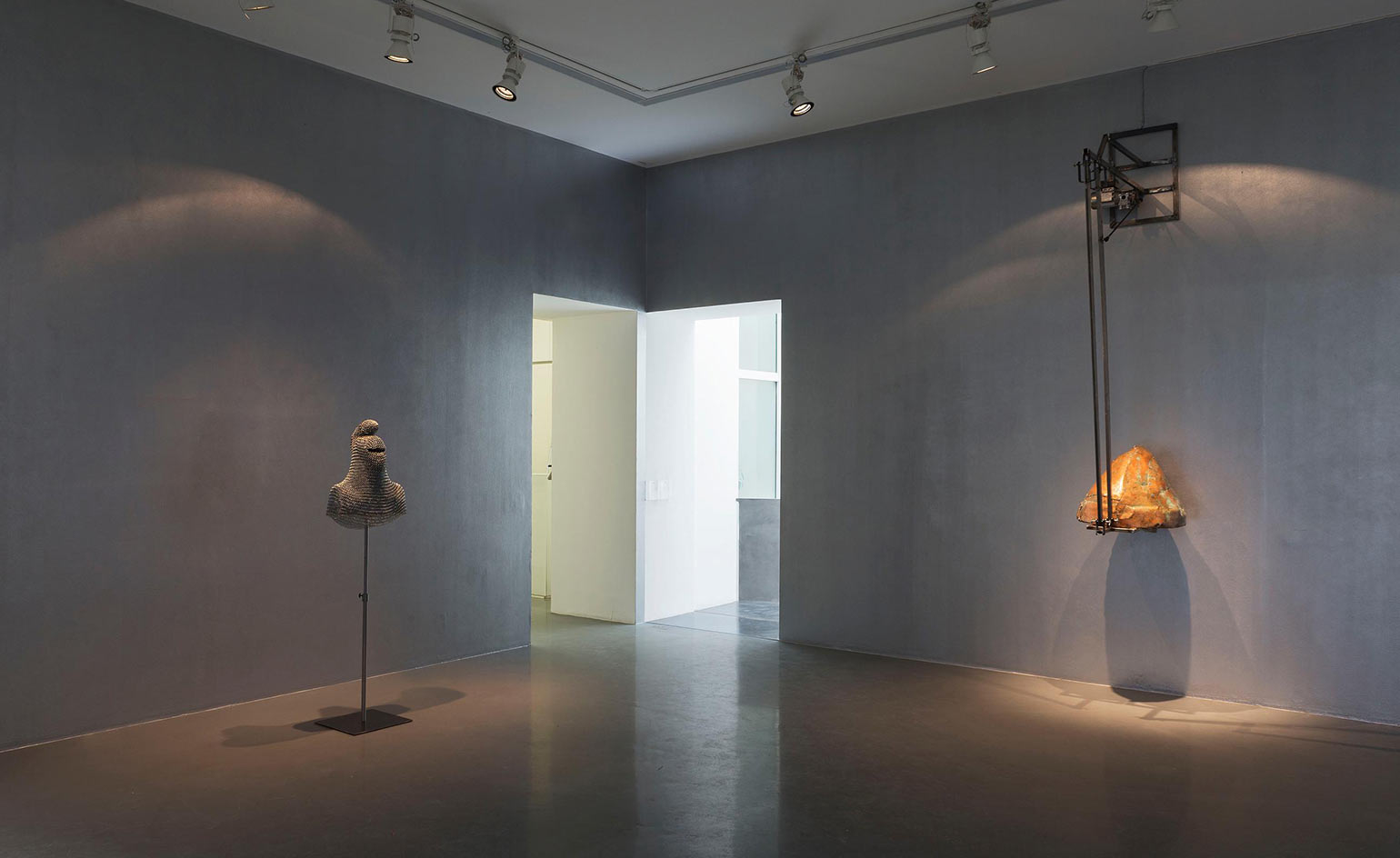
Courtesy Galerie Perrotin
The exhibition includes 16 artists with varying connections to Mexico – some were born and raised, others have chosen it as a place to live and work. Pictured: Fritzia Irízar’s room references the Phyrgian cap, an anti-colonial symbol in Latin America. Rendered in chainmail and iron, their rigid forms suggest the fossilisation of democratic ideals in contemporary society.
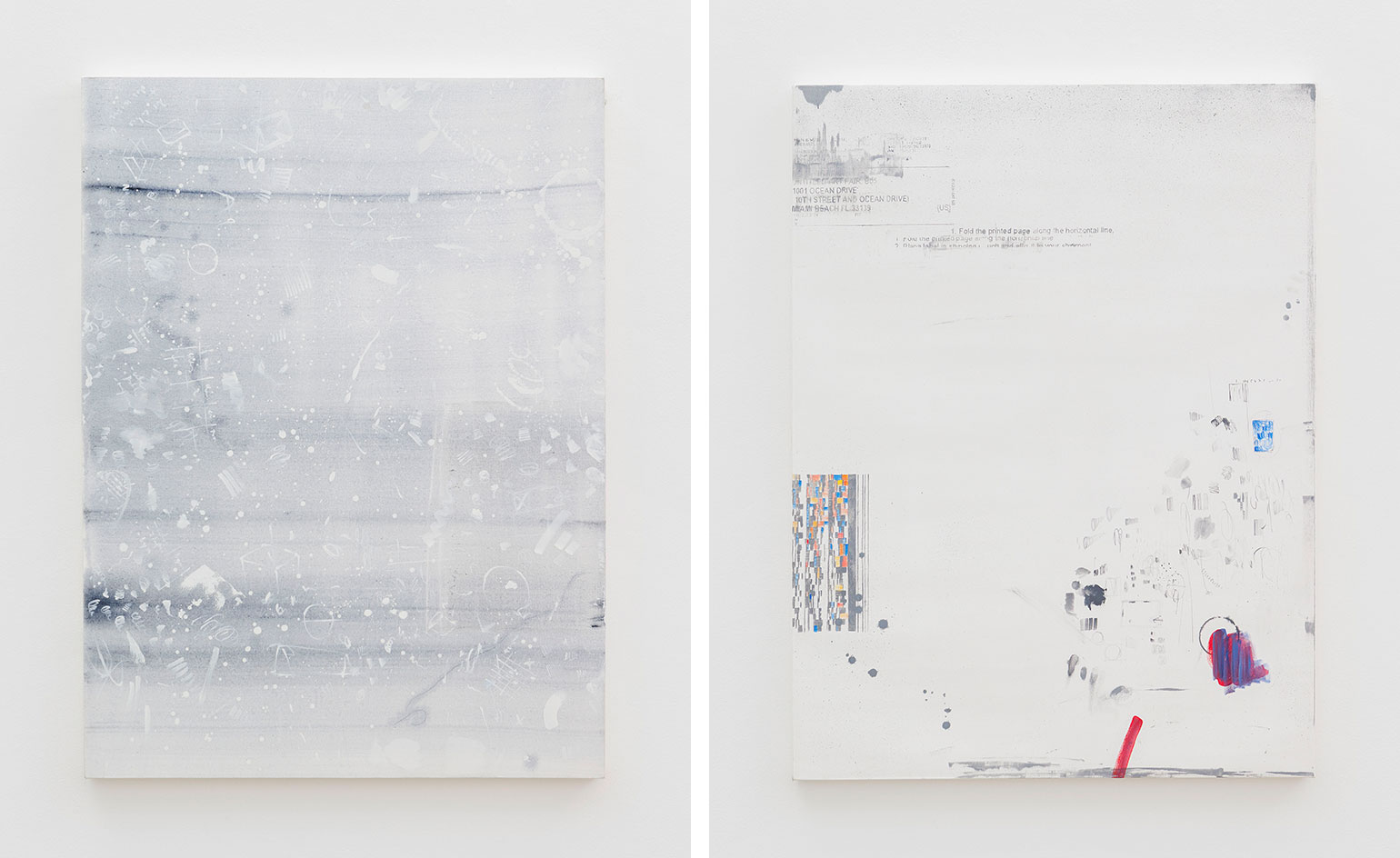
Courtesy Josée Bienvenu Gallery and Galerie Perrotin
For two years, gallery director Peggy Lebeouf and curator Anissa Touati travelled through Mexico to meet with each of the 16 artists exhibited, including the Uruguayan-Mexican Ana Bidart, whose work incorporates found objects that usually play an invisible role in our lives.
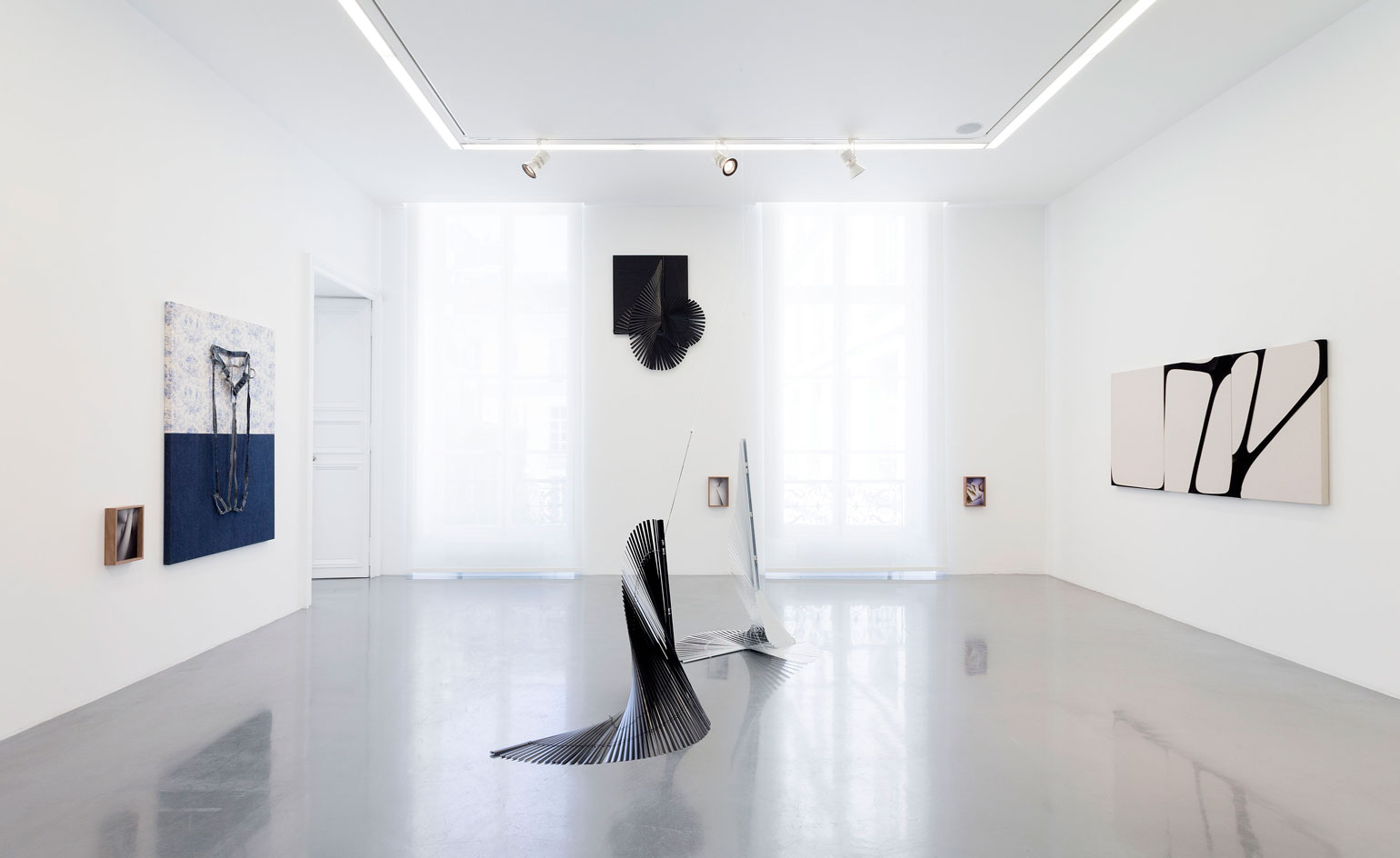
Pictured: a view of Soto Climent’s room at the exhibition. Courtesy Galerie Perrotin
A mix of established and emerging artists feature in the exhibition – among the former is Martin Soto Climent, known for exploring the allusive potential of day-to-day objects.

Courtesy the artist and Galerie Perrotin
Video artist Edgardo Aragón depicts scenes that are simultaneously serene and sinister, and in doing so invites reflection on violent episodes of history. Pictured: a still from El paso, hombre invisible, a portrait of bison in a North American national park and a meditation on the invisible, indigenous peoples who have ceased to live with them.
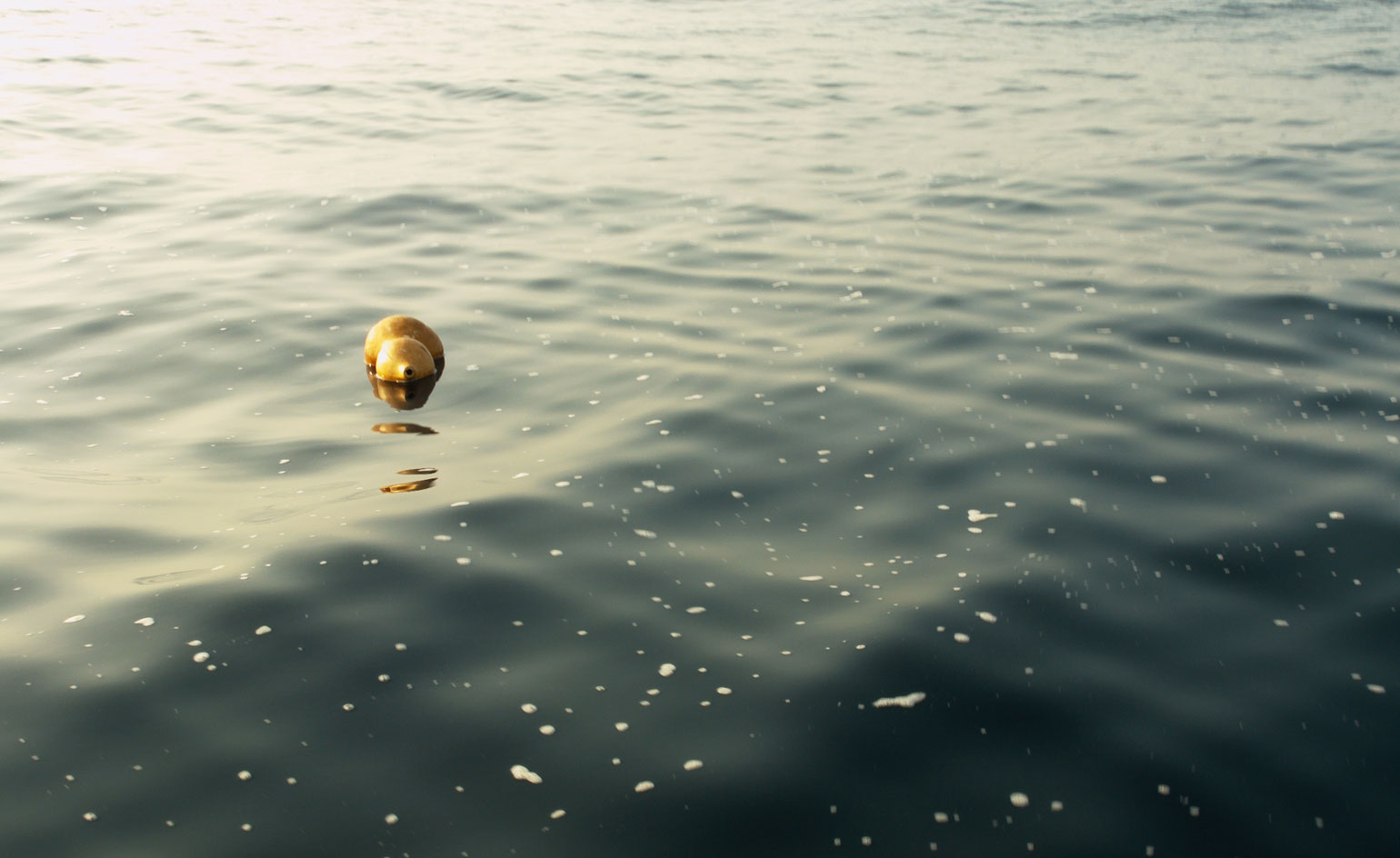
Courtesy the artist and Galerie Perrotin
A still from Aragón’s Exterminio, in which floating detritus alludes to disappeared political dissenters whose corpses were dropped into the Pacific in the 1970s.
Wallpaper* Newsletter
Receive our daily digest of inspiration, escapism and design stories from around the world direct to your inbox.
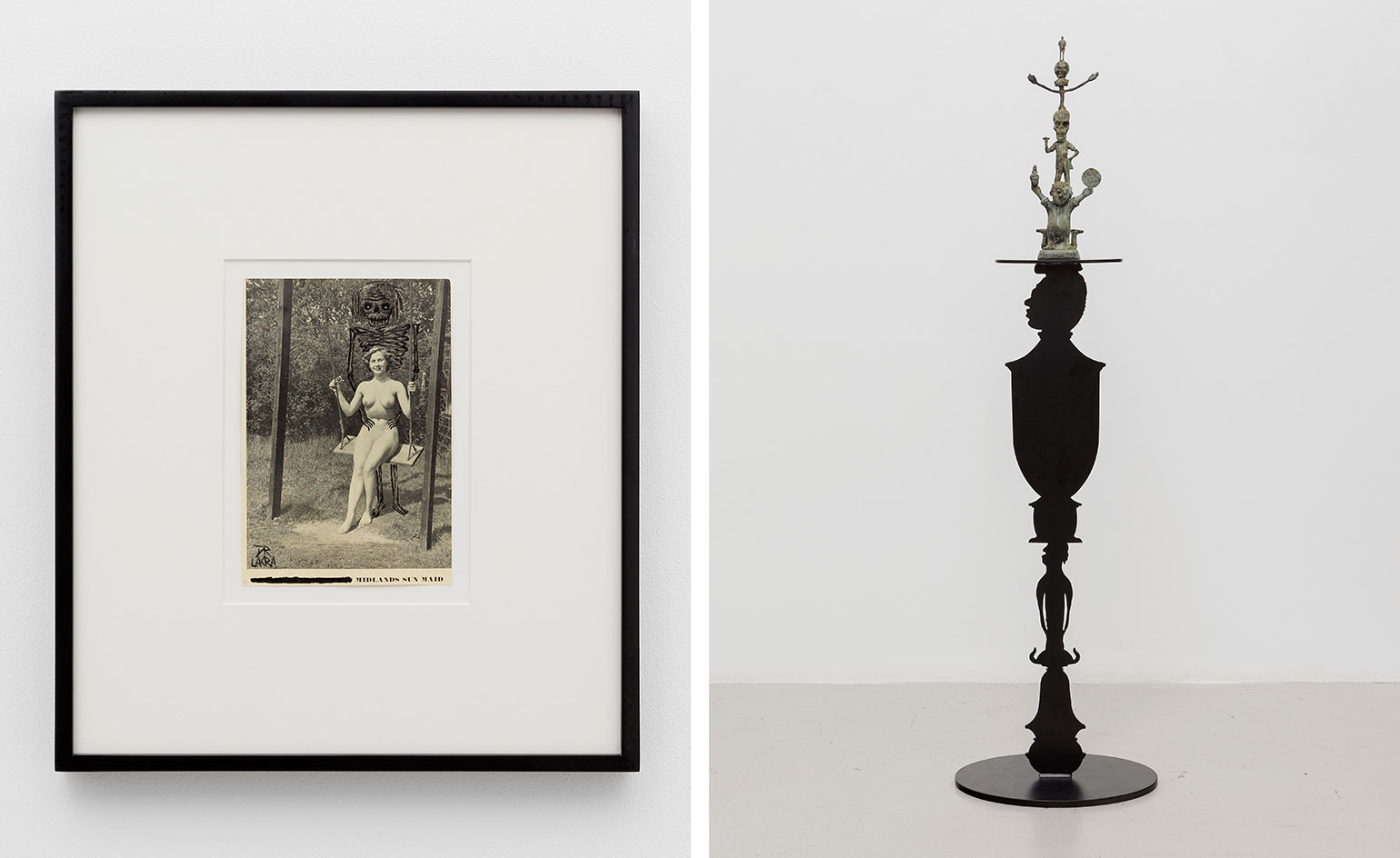
Courtesy the artist and kurimanzutto, Mexico City
Dr Lakra’s art is imbued with nostalgia for the relative political innocence of 1950s Mexico. Pictured left: Sin título / Untitled (Midlands sun maid), a pin-up that the artist has graffitied with a menacing skeleton. Right: Untitled.
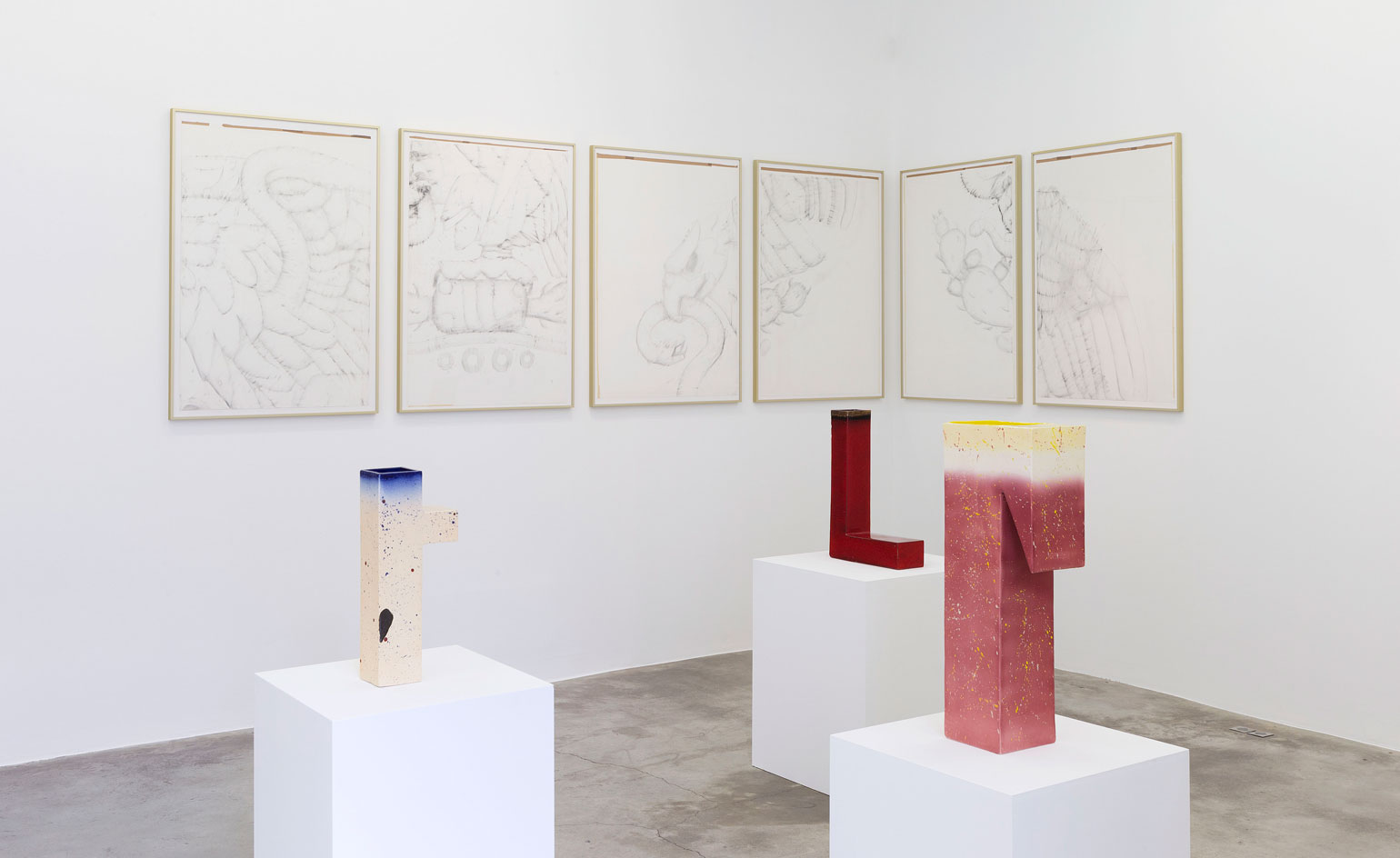
Courtesy Galerie Perrotin
In the foreground, sculptures by Pia Camil, who appropriates small segments of abandoned billboards as a critique of consumerism. Flanked in the background by Drawing the national emblem erased, by artist collective Tercerunquinto.
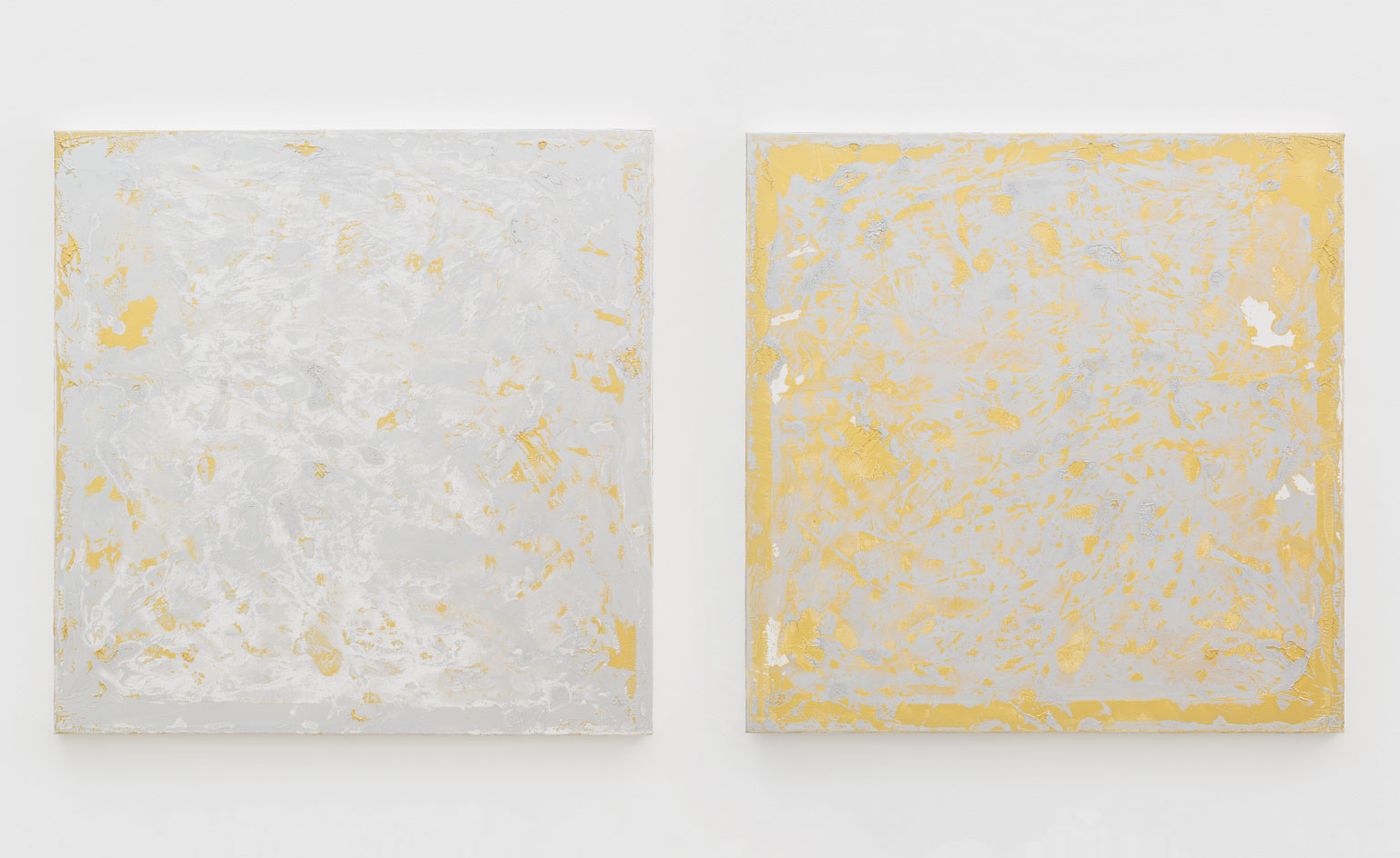
Courtesy the artist and Galerie Perrotin
Two works, both entitled Yo te amo más, by the Cuban-born Ariel Orozco. A canvas of silver and one of gold were stuck together for several weeks and then torn apart to create this mesmerising pair of paintings.
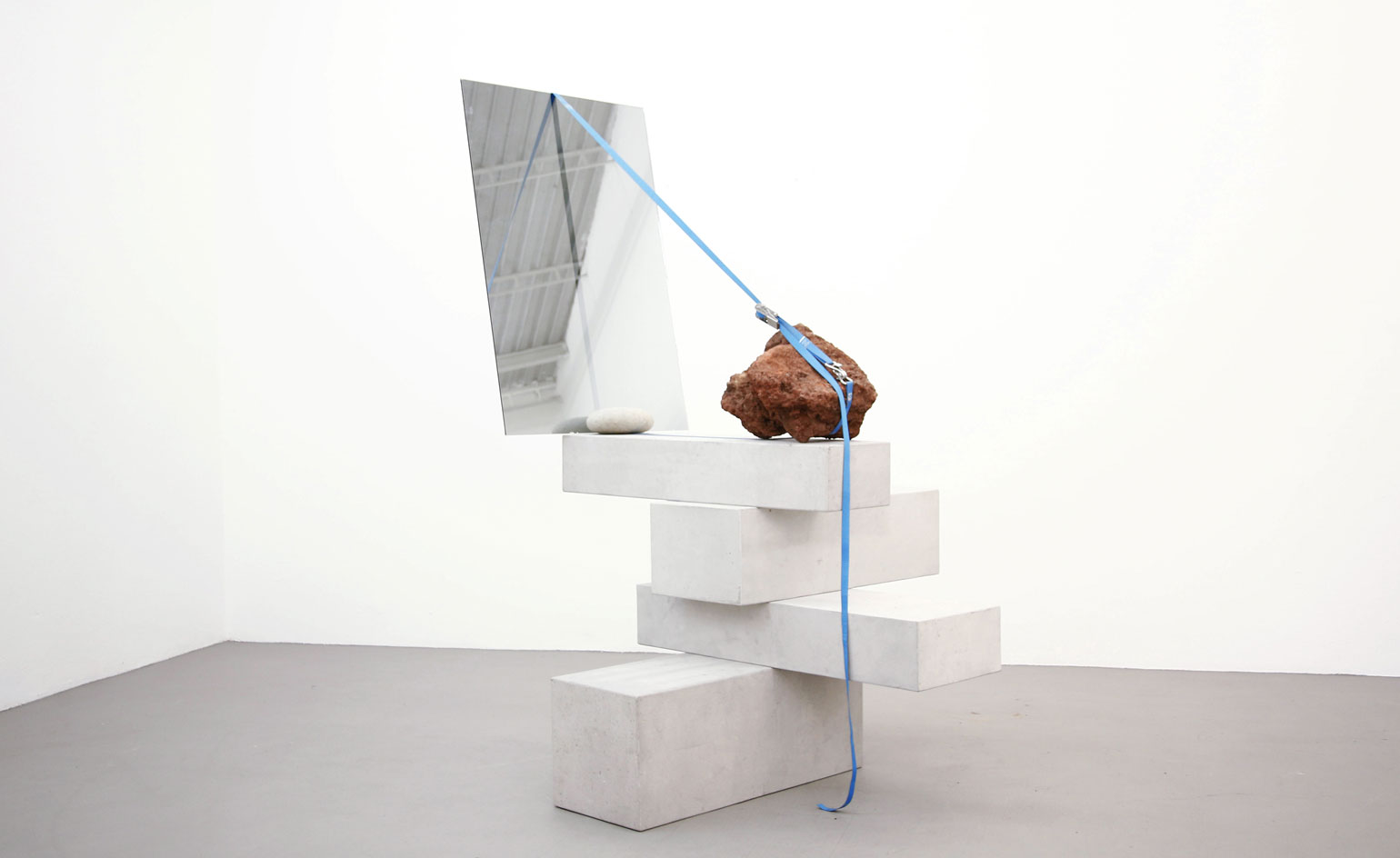
Courtesy the artist and Galerie Perrotin
José Davila’s assemblages are a feat of physics as well as aesthetic composition. Pictured: Untitled, which has a mirror, boulder, rock and concrete blocks balanced precariously on top of each other and held together by a ratchet strap.
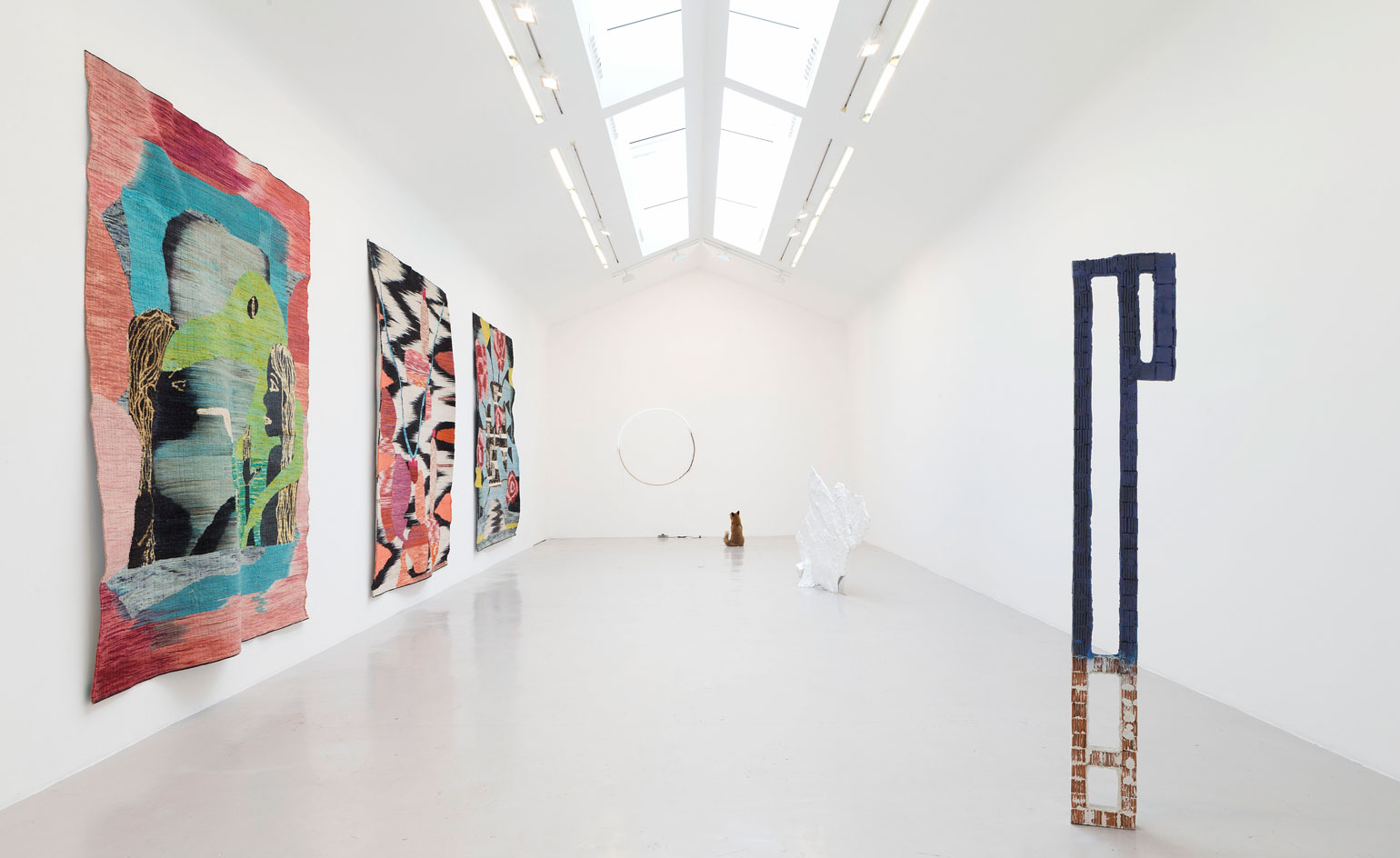
Pictured: an installation view with pieces by Yann Gerstberger, Gabriel Rico and Gwladys Alonzo. Courtesy Galerie Perrotin
The exhibition is the brainchild of gallery director Peggy Leboeuf, who was given free rein by owner Emmanuel Perrotin to create any show in gratitude for her 20 years of service.
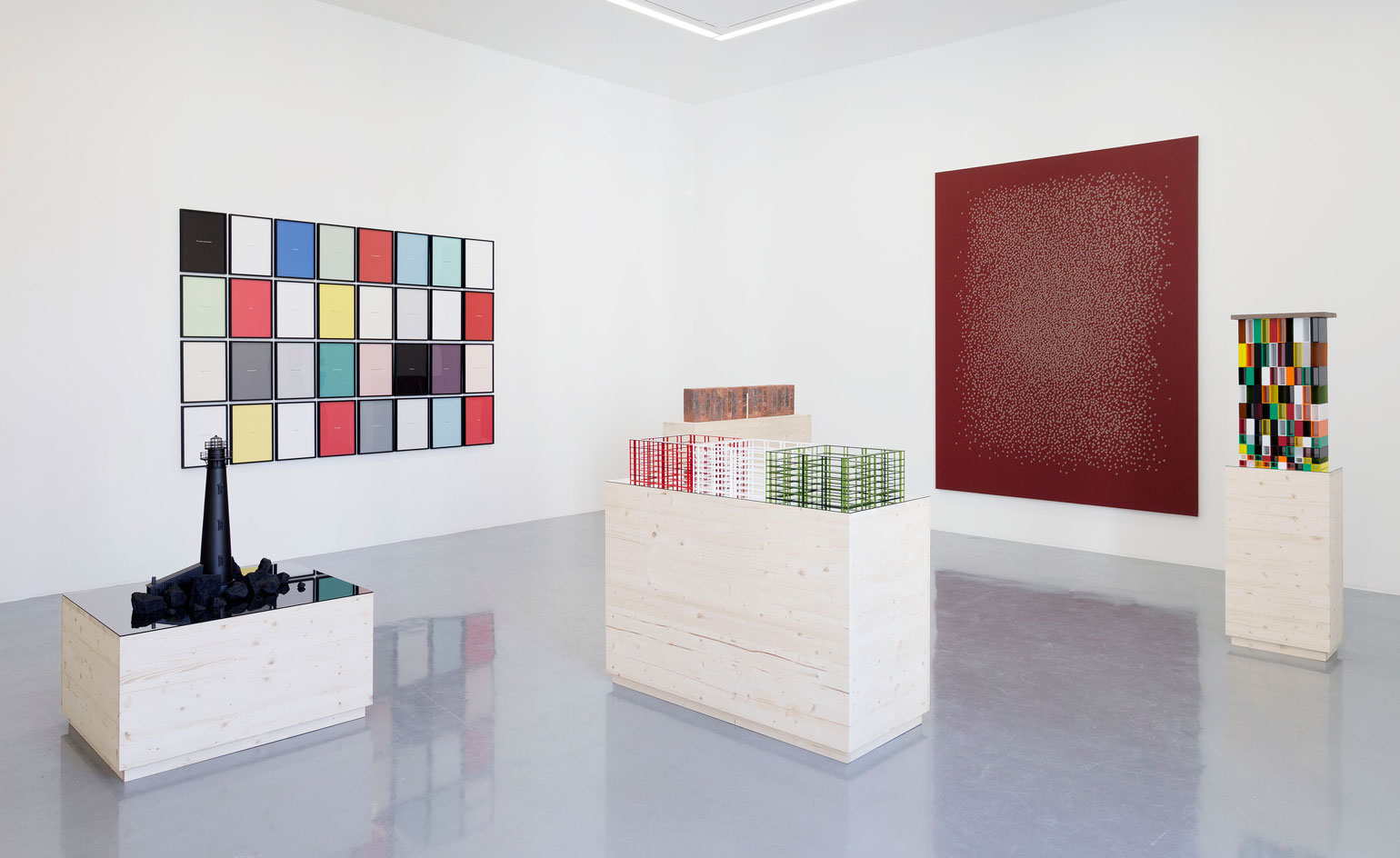
Pictured: an installation view with pieces by Yann Gerstberger, Gabriel Rico and Gwladys Alonzo. Courtesy Galerie Perrotin
The exhibition is the brainchild of gallery director Peggy Leboeuf, who was given free rein by owner Emmanuel Perrotin to create any show in gratitude for her 20 years of service.

Courtesy Galerie Perrotin
One of the best known artists to feature in the show, Jorge Méndez Blake’s sculpture examines the way in which we construct our cultural heritage, by way of forging connections between literature and architecture.
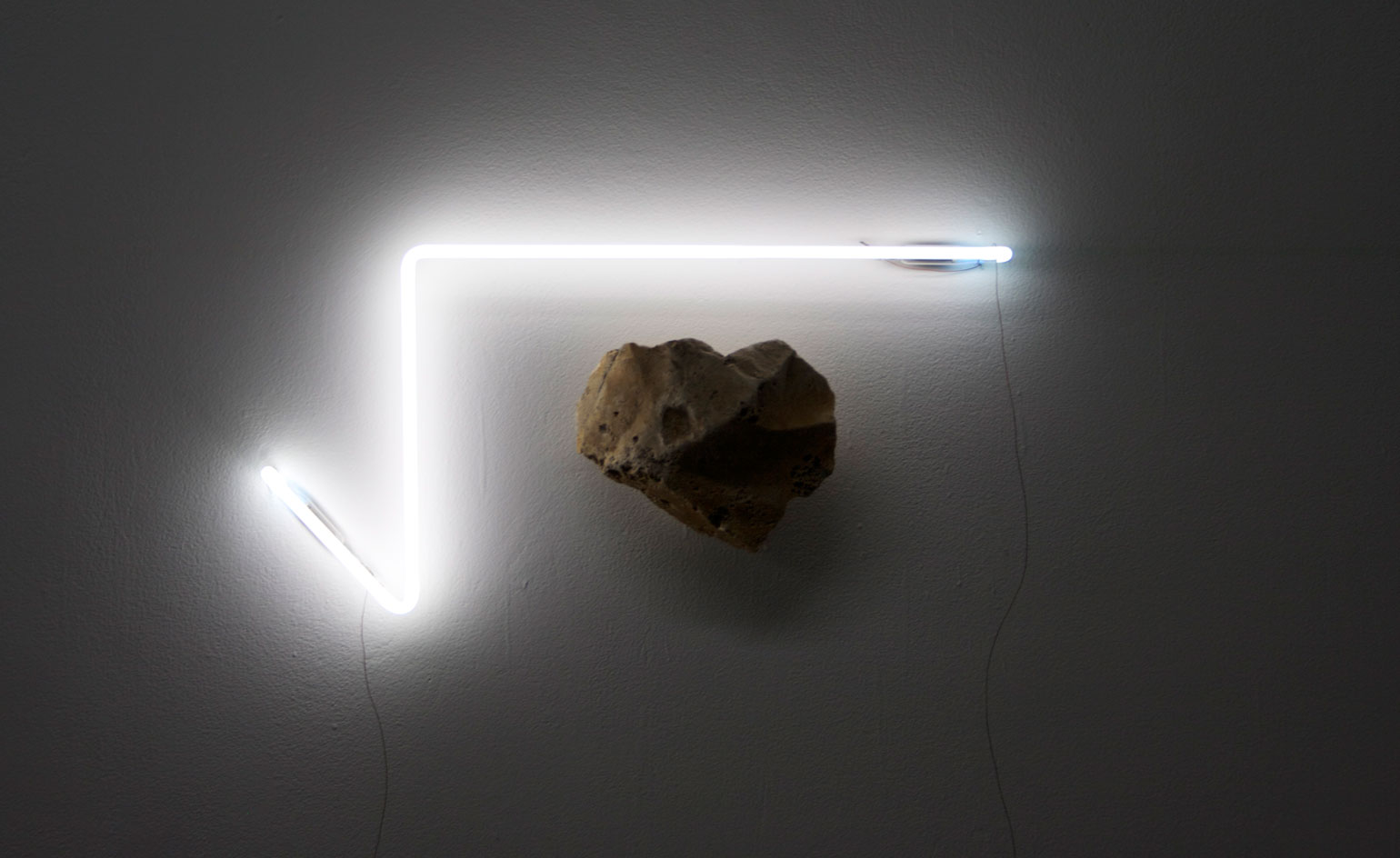
Pictured: Reduccion objetiva orquestada, in which a stone is capped by a luminous square-root symbol. Courtesy Studio Gabriel Rico and Galerie Perrotin
Juxtaposing natural objects with neon lights in geometric or mathematical forms, Gabriel Rico’s work ponders our relationship with nature.
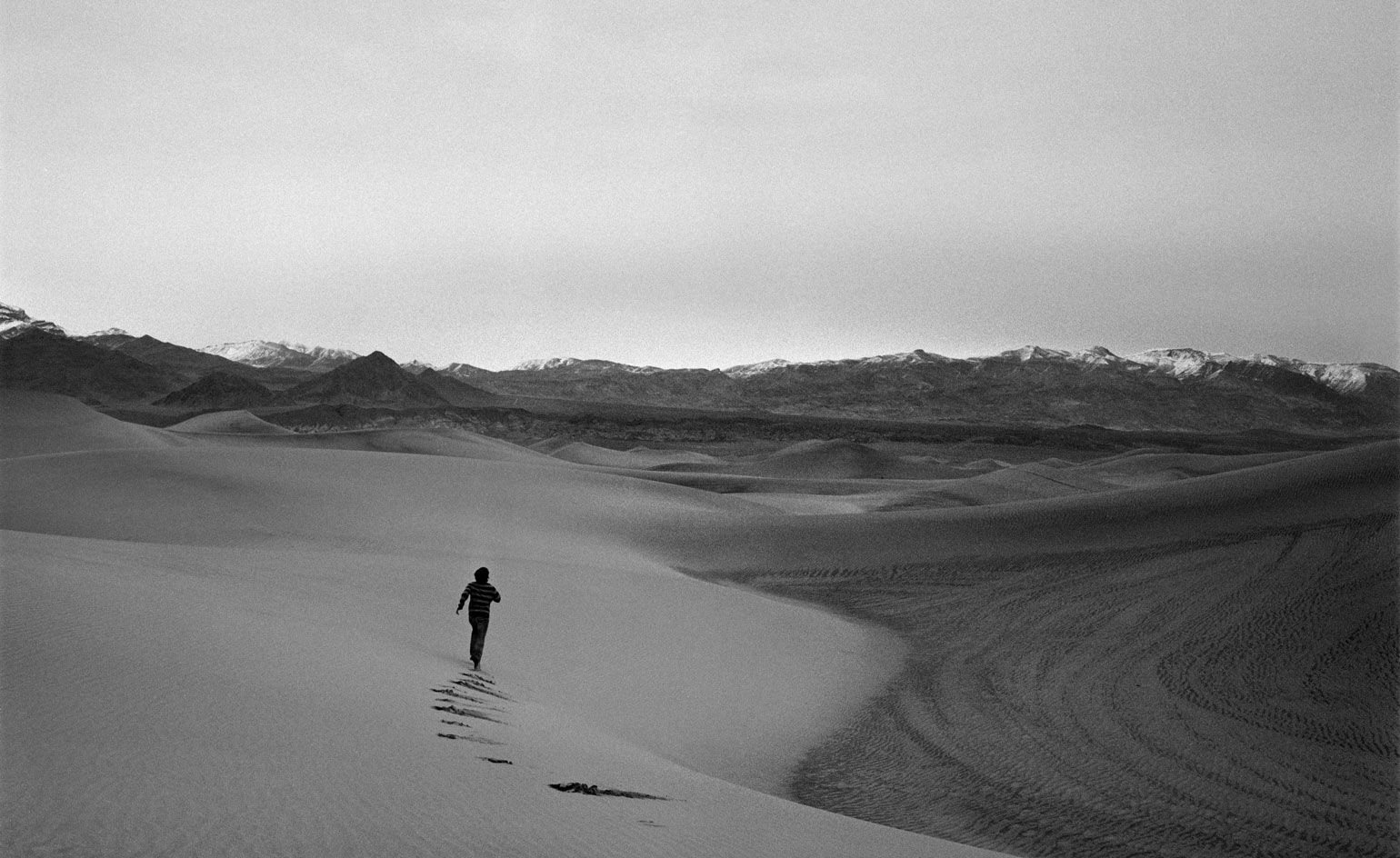
INFORMATION
’¿Cómo te voy a olvidar?’ is on view until 30 July. For more information, visit Galerie Perrotin’s website
Photography: Claire Dorn, Abigail Huerta and Agustin Arce
ADDRESS
Galerie Perrotin
76 Rue de Turenne,
75003 Paris
8 Impasse Saint-Claude
75003 Paris
TF Chan is a former editor of Wallpaper* (2020-23), where he was responsible for the monthly print magazine, planning, commissioning, editing and writing long-lead content across all pillars. He also played a leading role in multi-channel editorial franchises, such as Wallpaper’s annual Design Awards, Guest Editor takeovers and Next Generation series. He aims to create world-class, visually-driven content while championing diversity, international representation and social impact. TF joined Wallpaper* as an intern in January 2013, and served as its commissioning editor from 2017-20, winning a 30 under 30 New Talent Award from the Professional Publishers’ Association. Born and raised in Hong Kong, he holds an undergraduate degree in history from Princeton University.
-
 Giant rings! Timber futurism! It’s the Osaka Expo 2025
Giant rings! Timber futurism! It’s the Osaka Expo 2025The Osaka Expo 2025 opens its microcosm of experimental architecture, futuristic innovations and optimistic spirit; welcome to our pick of the global event’s design trends and highlights
By Danielle Demetriou
-
 The new Polaroid Flip unfolds to bring you pin-sharp instant photography
The new Polaroid Flip unfolds to bring you pin-sharp instant photographyPolaroid announces the Flip, an instant camera that blends its evergreen film technology with better results and more control
By Jonathan Bell
-
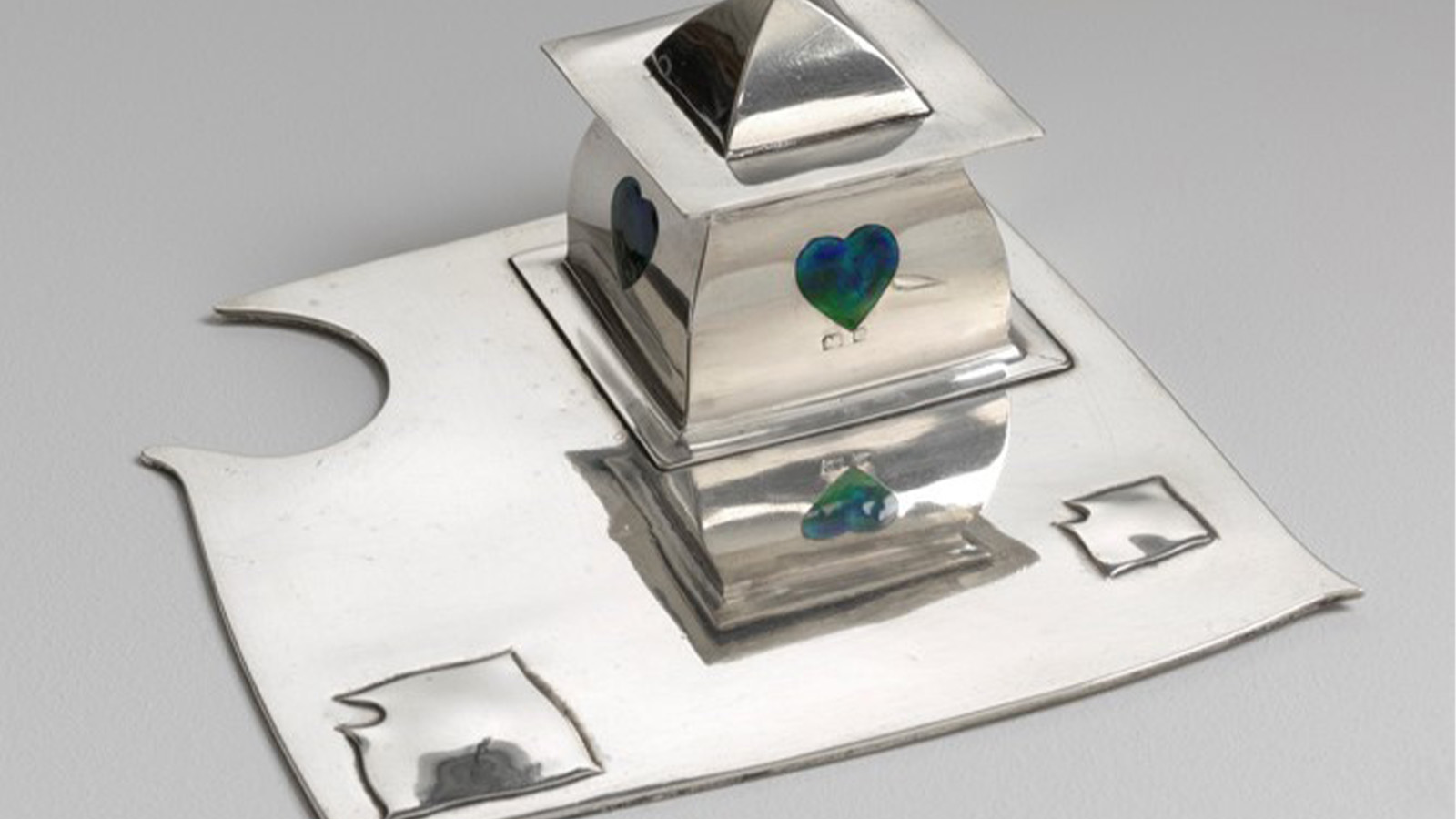 On the Isle of Man, the secret history of designer Archibald Knox is revealed
On the Isle of Man, the secret history of designer Archibald Knox is revealedThe mysterious life and works of local designer Archibald Knox is celebrated in a retrospective at Manx Museum, spanning silverware, furniture, clocks and more
By Emma O'Kelly
-
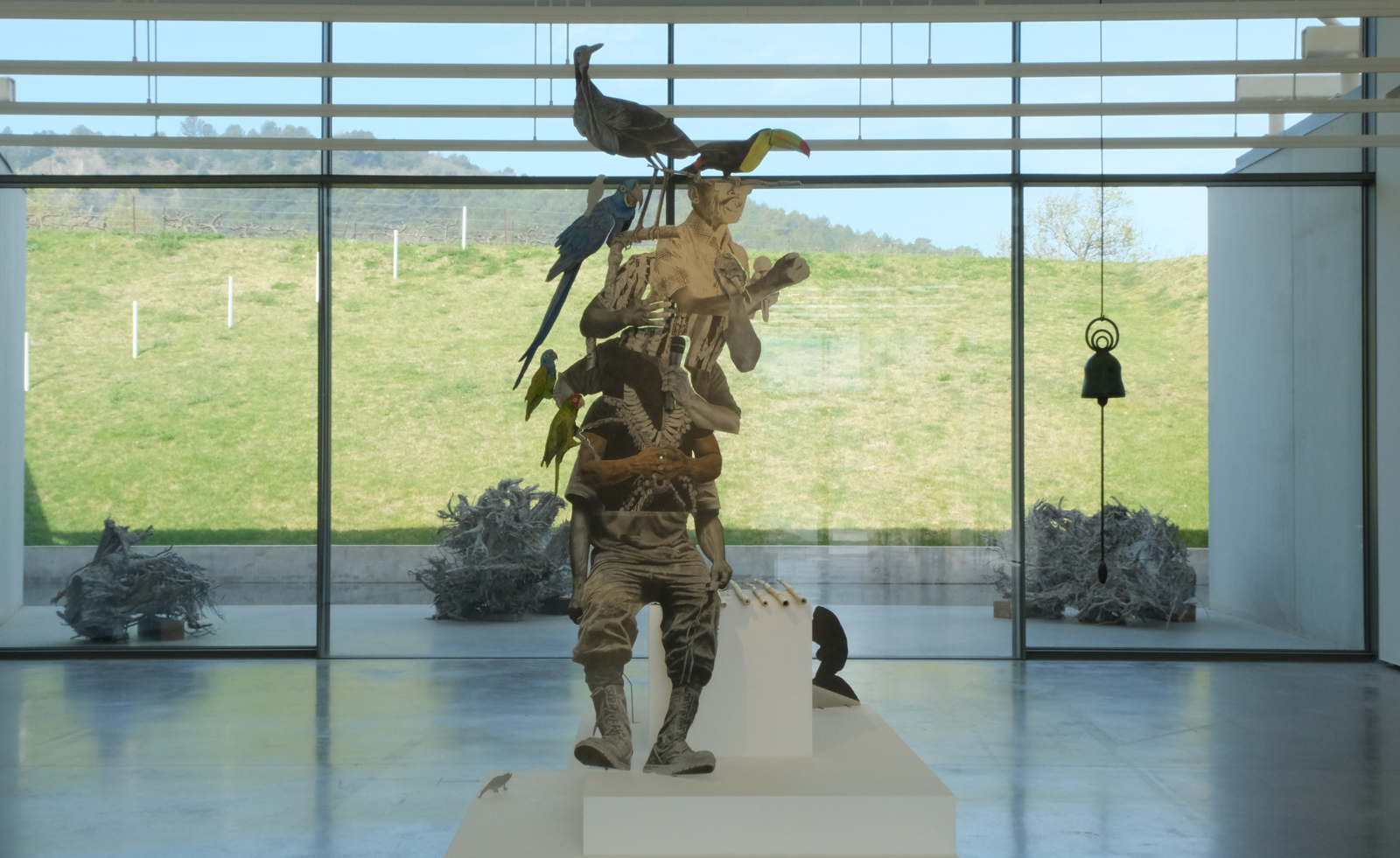 Contemporary artist collective Poush takes over Château La Coste
Contemporary artist collective Poush takes over Château La CosteMembers of Poush have created 160 works, set in and around the grounds of Château La Coste – the art, architecture and wine estate in Provence
By Amy Serafin
-
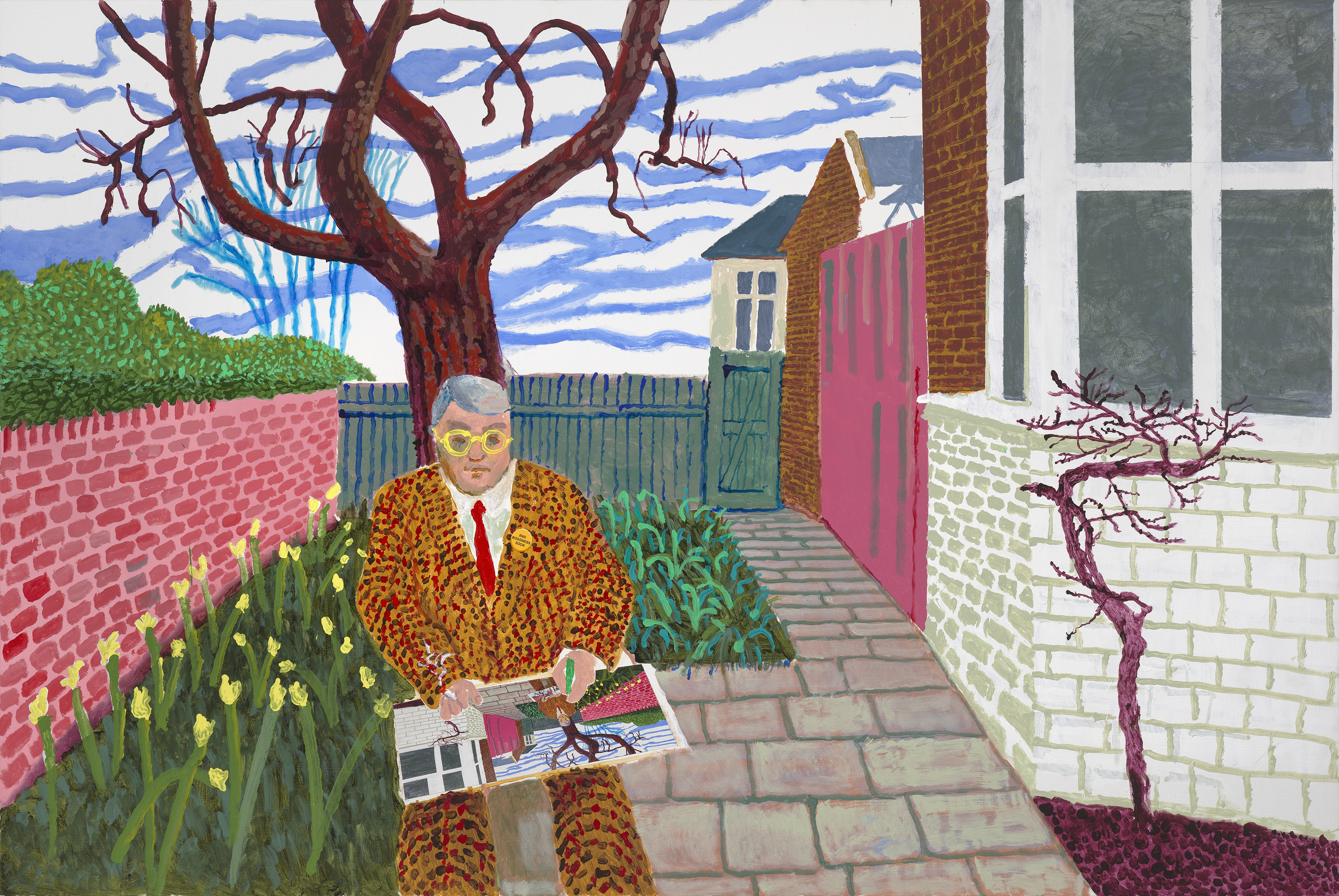 ‘David Hockney 25’: inside the artist’s blockbuster Paris show
‘David Hockney 25’: inside the artist’s blockbuster Paris show‘David Hockney 25’ has opened at Fondation Louis Vuitton in Paris. Wallpaper’s Hannah Silver took a tour of the colossal, colourful show
By Hannah Silver
-
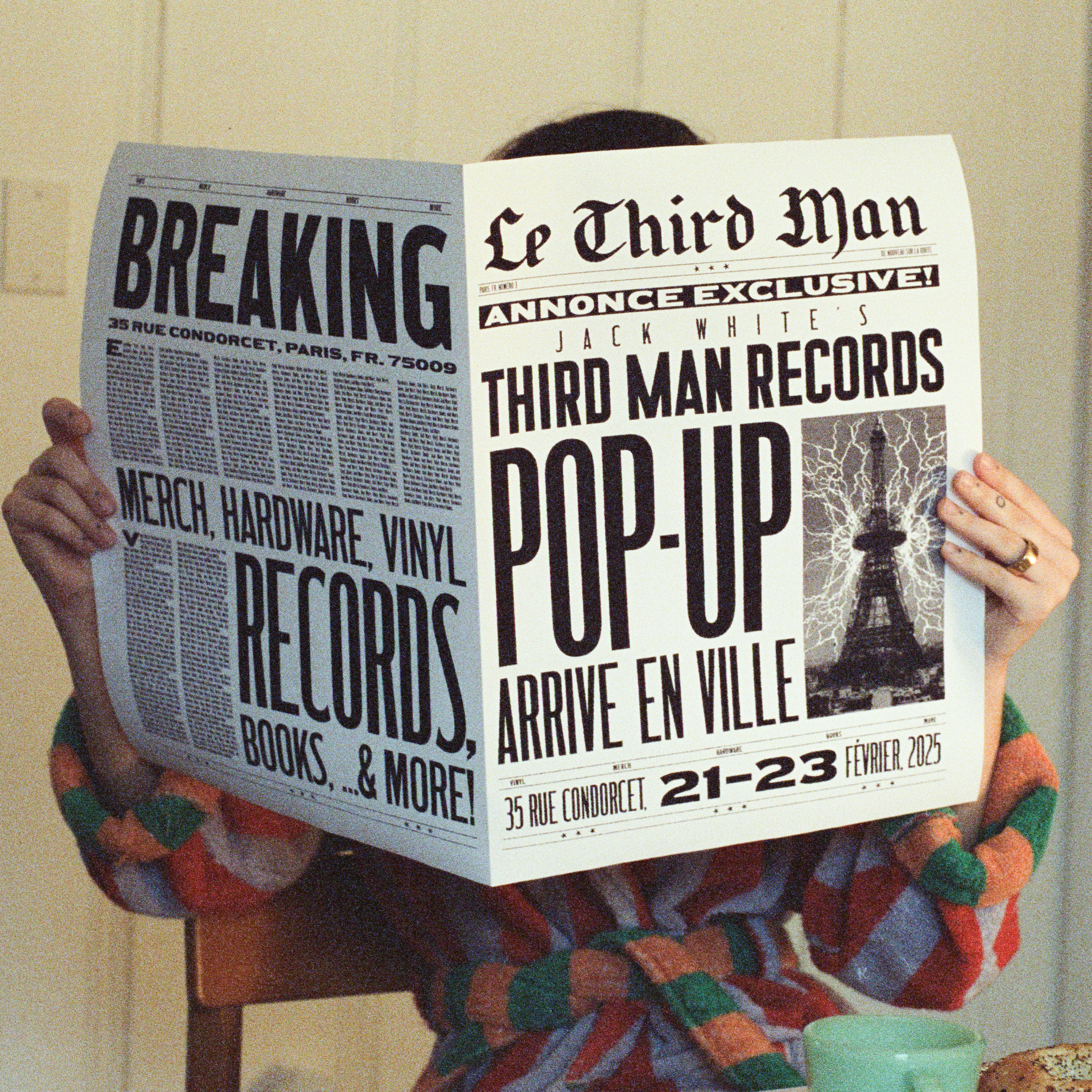 Jack White's Third Man Records opens a Paris pop-up
Jack White's Third Man Records opens a Paris pop-upJack White's immaculately-branded record store will set up shop in the 9th arrondissement this weekend
By Charlotte Gunn
-
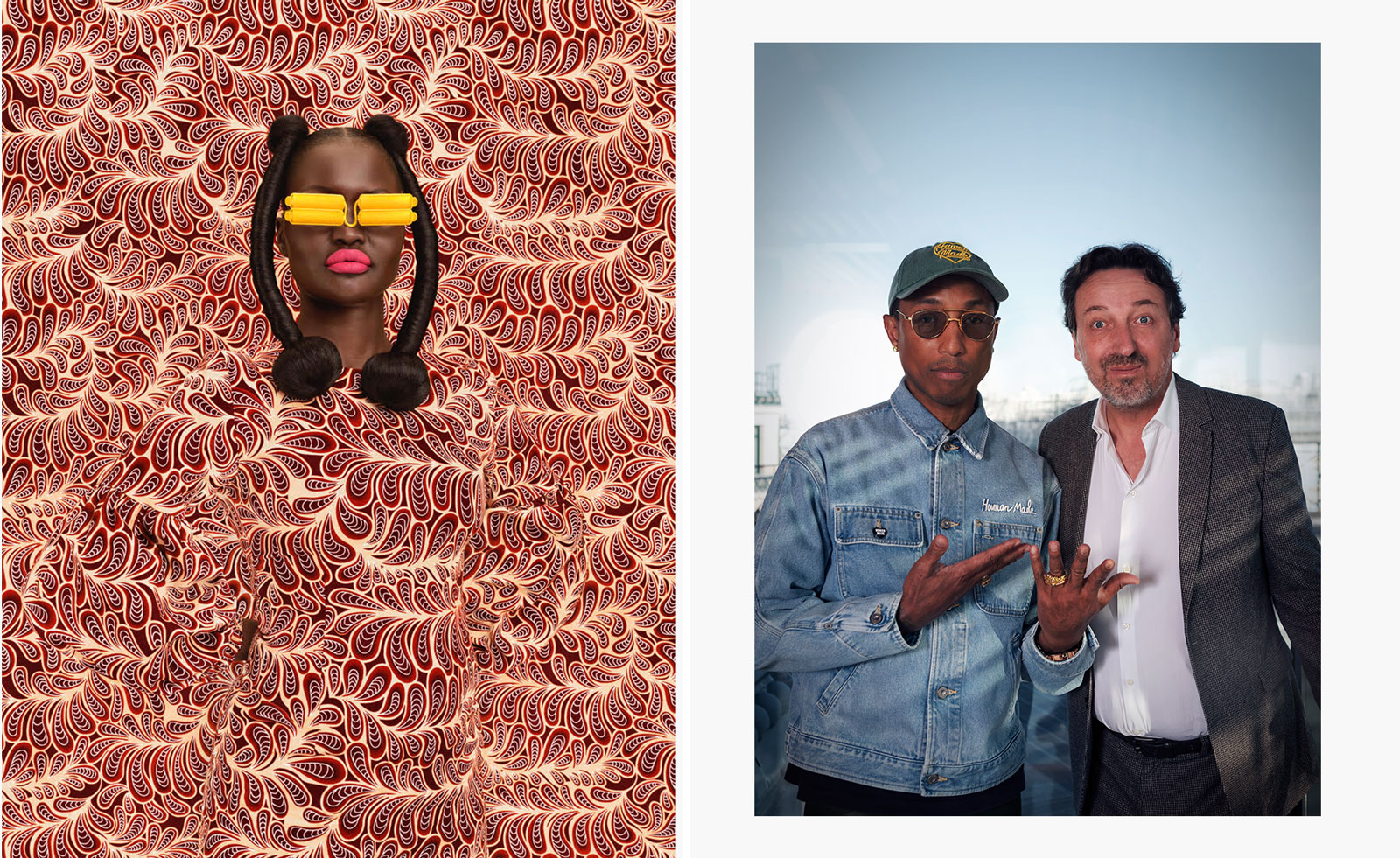 ‘The Black woman endures a gravity unlike any other’: Pharrell Williams explores diverse interpretations of femininity in Paris
‘The Black woman endures a gravity unlike any other’: Pharrell Williams explores diverse interpretations of femininity in ParisPharrell Williams returns to Perrotin gallery in Paris with a new group show which serves as an homage to Black women
By Amy Serafin
-
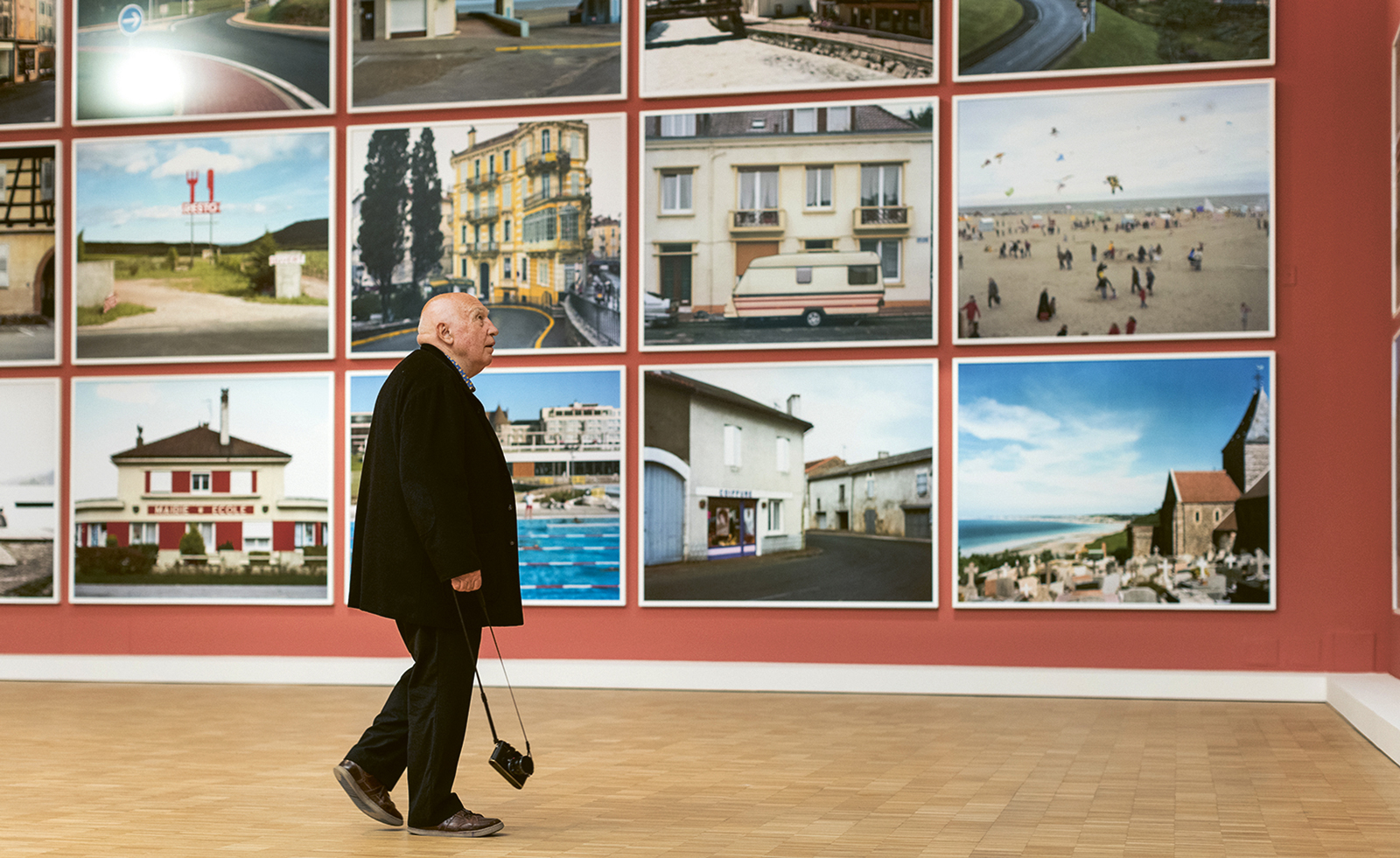 What makes fashion and art such good bedfellows?
What makes fashion and art such good bedfellows?There has always been a symbiosis between fashion and the art world. Here, we look at what makes the relationship such a successful one
By Amah-Rose Abrams
-
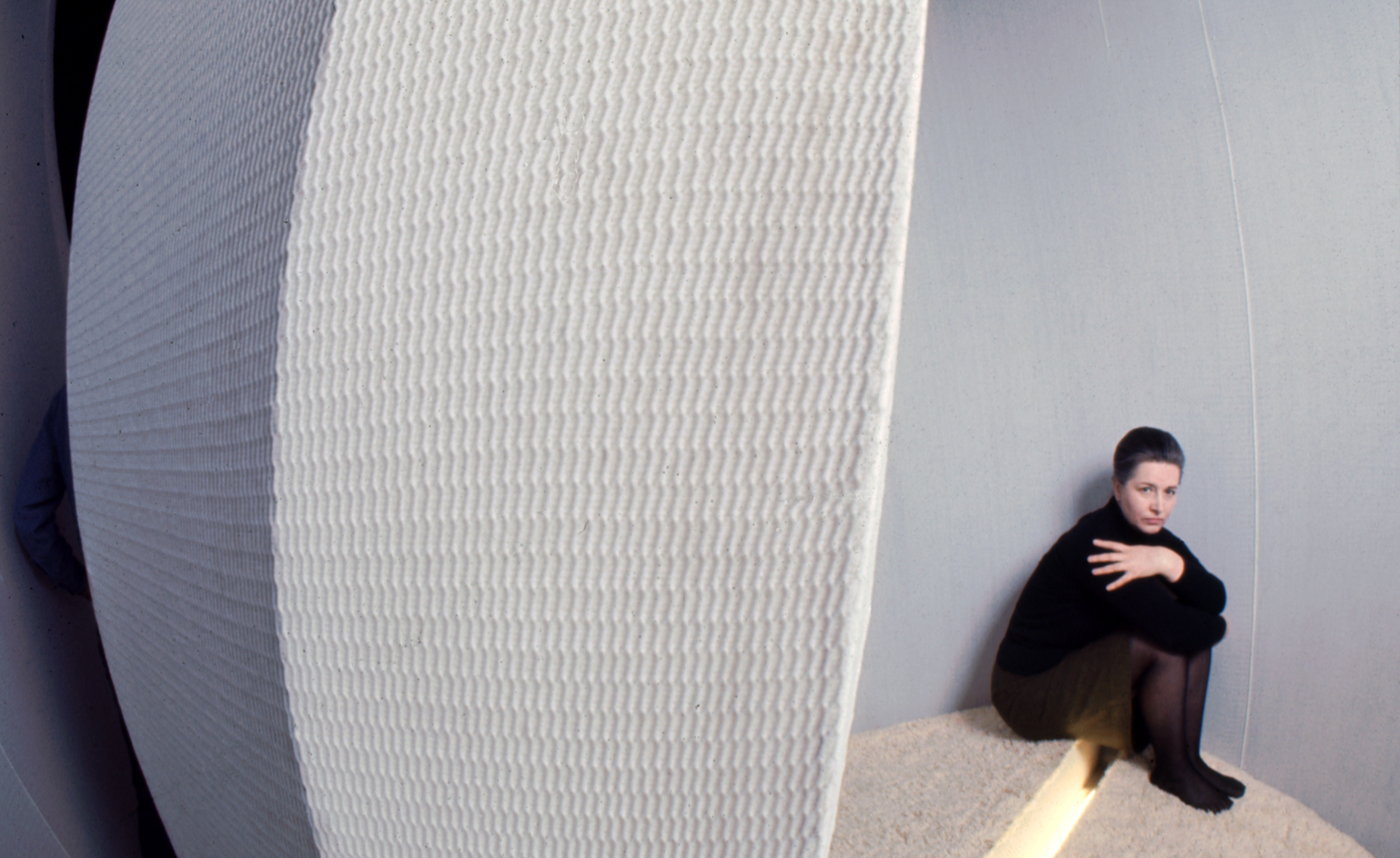 Architecture, sculpture and materials: female Lithuanian artists are celebrated in Nîmes
Architecture, sculpture and materials: female Lithuanian artists are celebrated in NîmesThe Carré d'Art in Nîmes, France, spotlights the work of Aleksandra Kasuba and Marija Olšauskaitė, as part of a nationwide celebration of Lithuanian culture
By Will Jennings
-
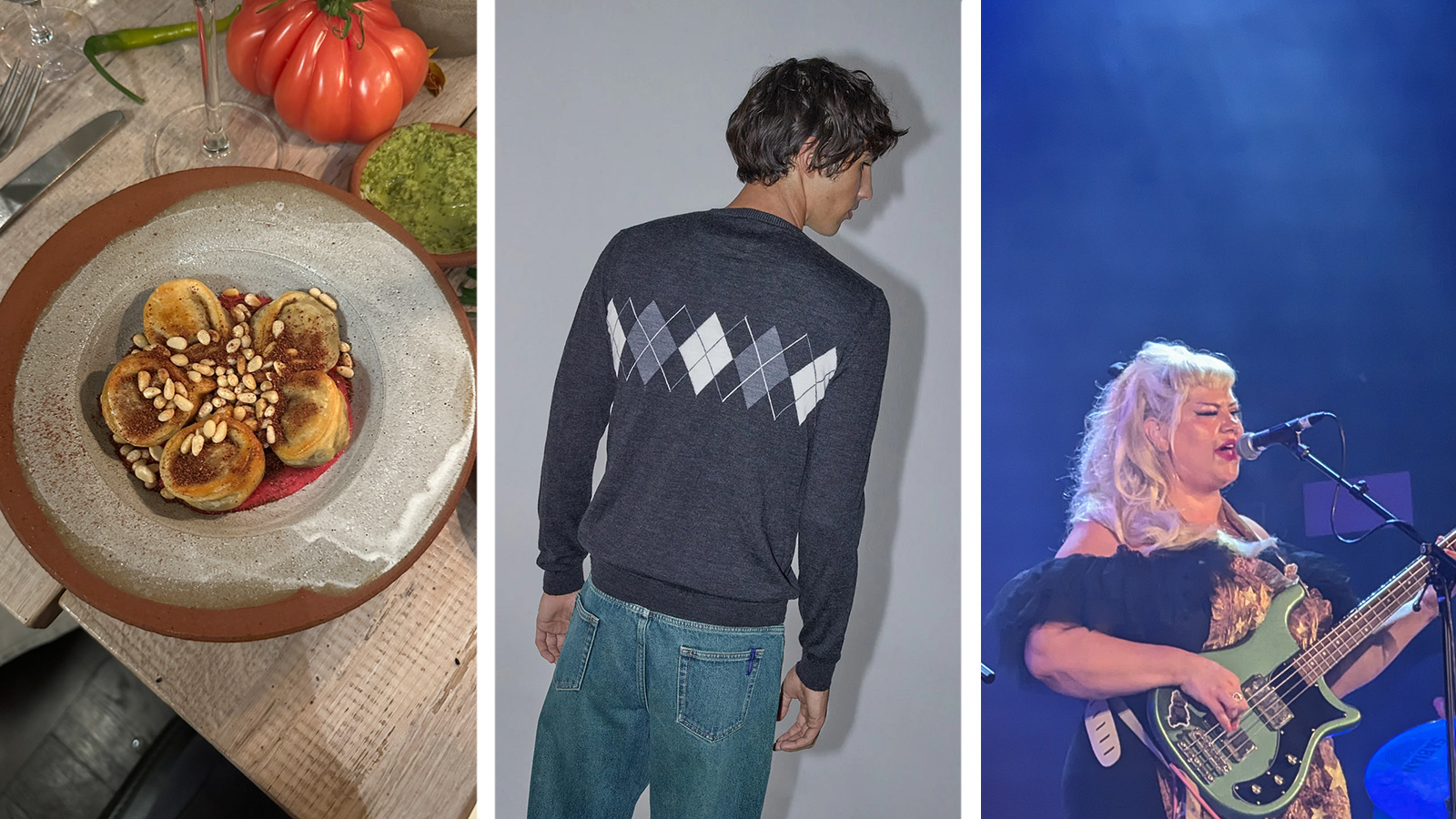 Out of office: what the Wallpaper* editors have been doing this week
Out of office: what the Wallpaper* editors have been doing this weekInvesting in quality knitwear, scouting a very special pair of earrings and dining with strangers are just some of the things keeping the Wallpaper* team occupied this week
By Bill Prince
-
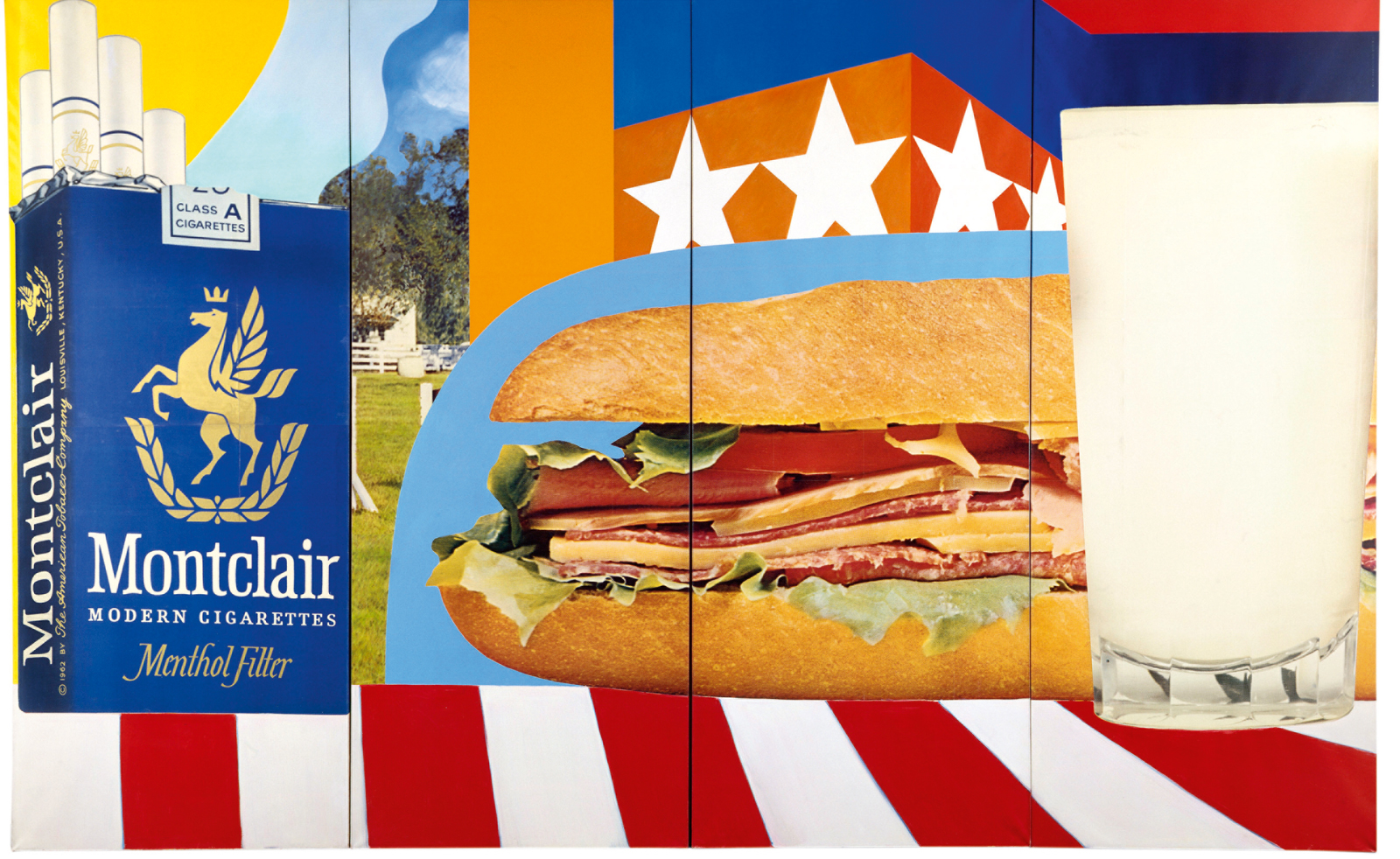 Tom Wesselmann’s enduring influence on pop art goes under the spotlight in Paris
Tom Wesselmann’s enduring influence on pop art goes under the spotlight in Paris‘Pop Forever, Tom Wesselmann &...’ is on view at Fondation Louis Vuitton in Paris until 24 February 2025
By Ann Binlot